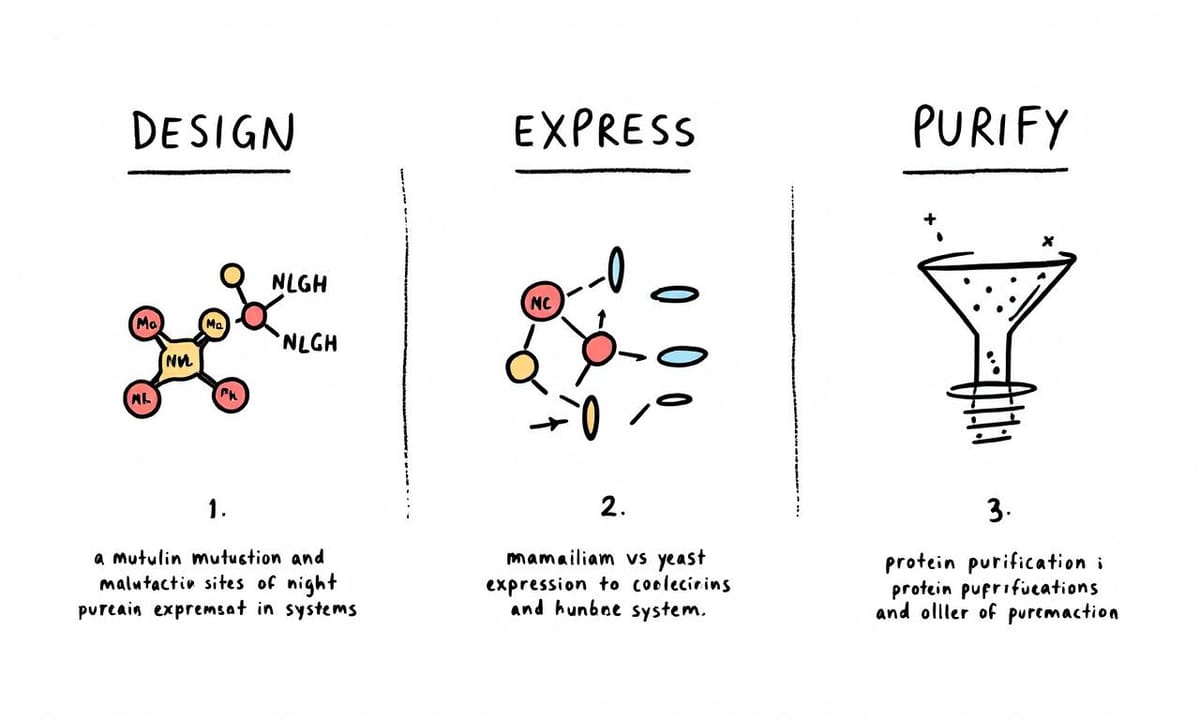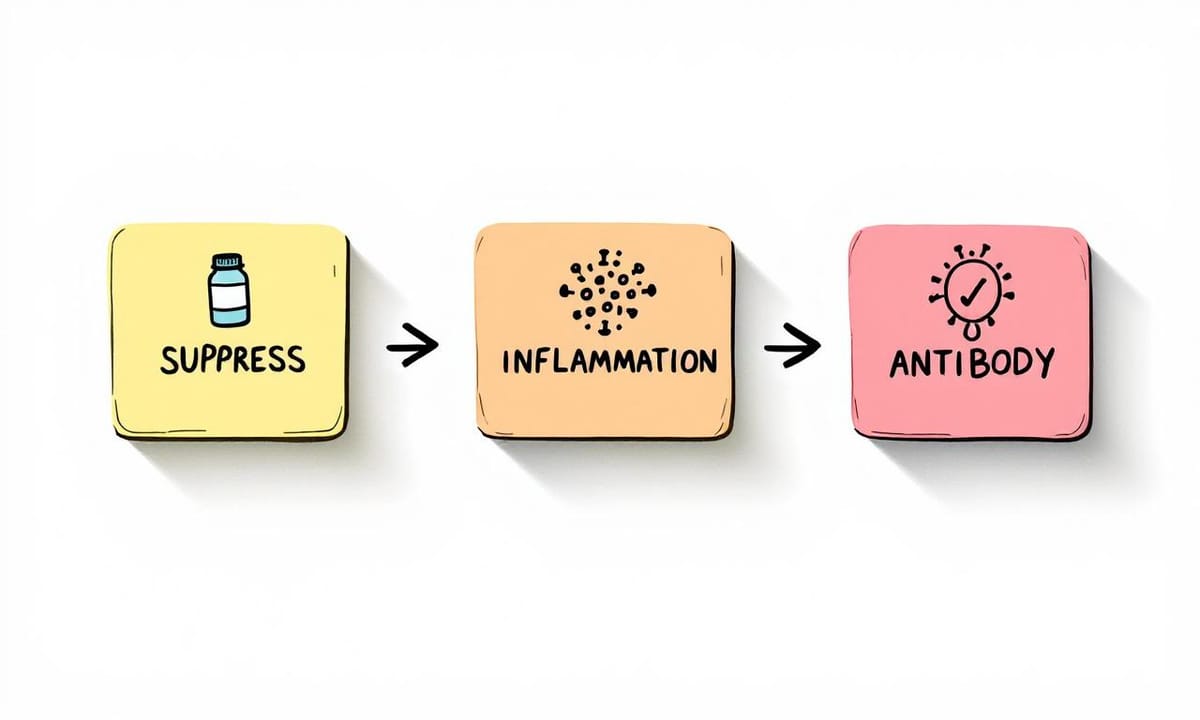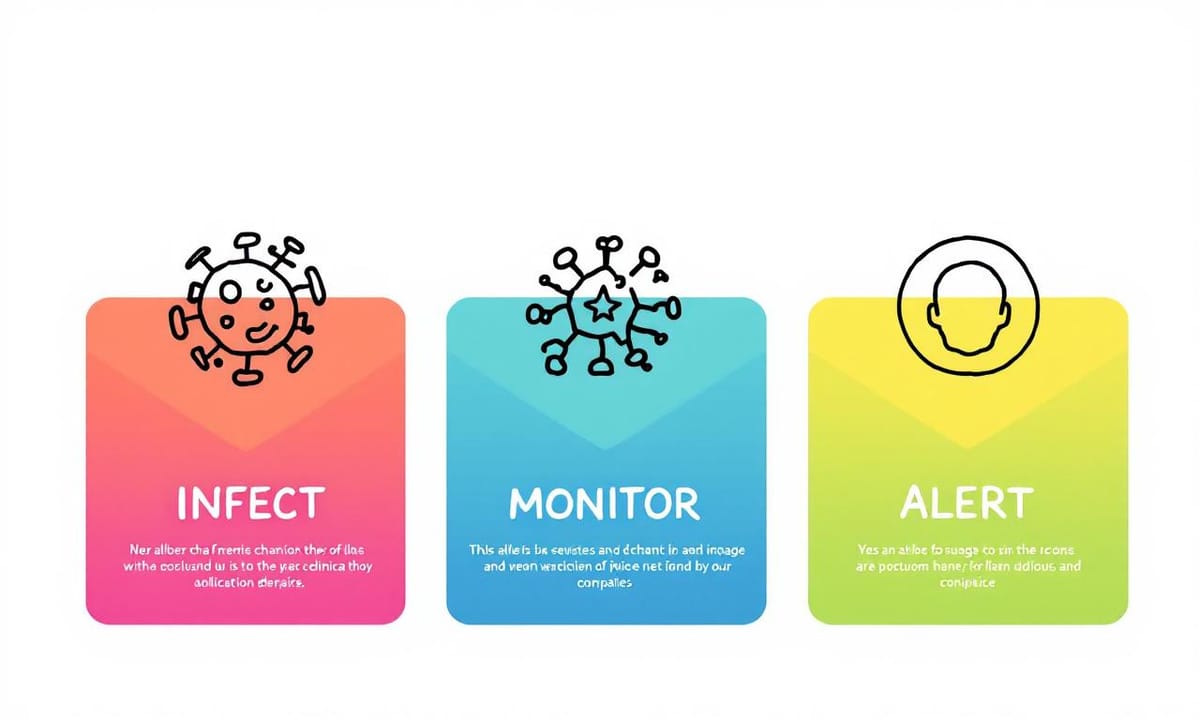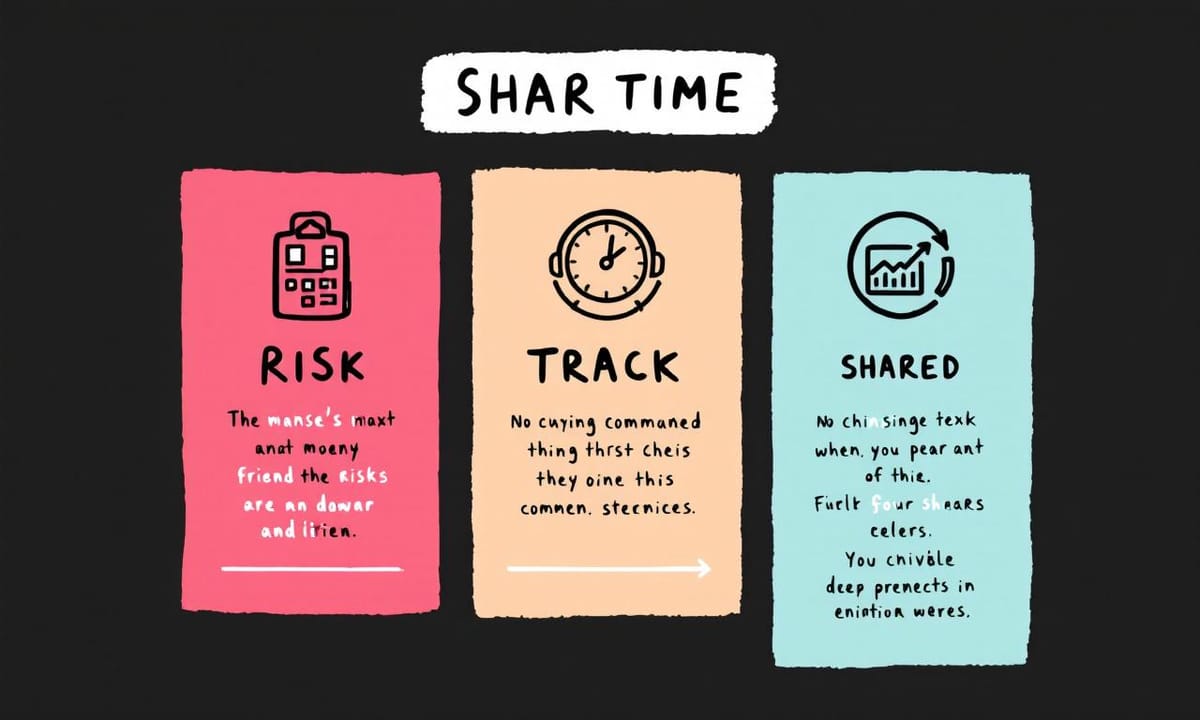馬上可以做的事 - 精準把握Env蛋白改造新趨勢,助攻HIV治療安全升級
- 主動諮詢感染科醫師,針對Env蛋白改造療法的實際適用性評估自身狀況,每半年回診追蹤。
專業評估能降低不適合治療導致的風險,也有助於及早發現免疫反應變化。
- 優先參考官方衛生部門公布的臨床數據與新型Env產品安全指引,不盲信網路資訊。
官方資源能確保訊息正確完整,減少因錯誤認知影響健康決策機率。
- 定期檢查慢性免疫活化相關指標,如C反應蛋白、CD4/CD8比值,每3至6個月執行一次。
*量化監控*有助預防慢性發炎惡化,把握最佳介入時機。
- *如考慮臨床試驗參與*,詳細閱讀受試說明並確認含Env蛋白改造方案之潛在效益及副作用,有疑問即時諮詢專家。
*嚴謹審視*可避免誤入高風險計畫,同步守護個人權益和安全。
HIV治療的演變:從抑制到根除的挑戰與機遇
「當年剛開始治療愛滋病時,醫師手上選擇真有限。」這句話在不少老一輩感染者之間流傳。回頭看,從核苷類反轉錄酶抑制劑的單一用藥,到後來雞尾酒療法出現,其實花了好些年才逐漸普及開來。有些研究回顧指出,那陣子光靠單一藥物效果並不理想,耐藥發生率比現在高得多。與如今基因修飾或抗體療法正慢慢進實驗階段相比,早期方法雖然控制力有限,但步驟清晰——就是按時吃藥、定期檢查病毒量。不過,也有人質疑那種全依賴口服藥物的方式,是不是忽略了長遠副作用及生活品質問題。這樣比較下來,好像每個時代都有它被接受和挑戰的理由。
Env蛋白改造技術的神秘面紗,你了解多少?
「初始步驟多半得從分子設計著手。」有研究團隊會先挑選出Env蛋白上容易影響結構的區域,好像環境條件一變,這些序列就特別敏感。接下來,通常是運用定點突變或片段替換,把想要降低與宿主細胞結合力的那幾個胺基酸位點稍微改動。其實有時候連帶會牽動周邊立體構型,因此設計階段必須仰賴結構模擬工具(例如用電腦演算預測),雖說並非完全準確,但對於過濾高風險方案還蠻有幫助。完成分子層級編輯後,表達系統的選擇也很關鍵,例如哺乳動物細胞系與酵母表達在穩定性與修飾程度方面各有差異,有些人會先做小規模測試才決定放大生產。最後純化流程則圍繞著保留目標蛋白活性,大概得反覆優化條件才能抓到相對合適的步驟。整體操作裡,若少了前面那道精細設計,後續產物往往出現功能衰減或免疫識別度下降的情況。
Comparison Table:
| CD4/T細胞波動與免疫反應關聯性 | 研究顯示,CD4/T細胞數值的劇烈變化常伴隨免疫反應的出現。 |
|---|---|
| 多重生物標誌預警系統 | 早期研究指出,多重生物標誌能提供更準確的副作用預警,但有效性仍需進一步驗證。 |
| 流式細胞儀在異常追蹤中的應用 | 使用流式細胞儀可加強對疑似異常的確認,有助於降低誤判風險。 |
| Env蛋白改造疫苗效果 | 初步數據表明,Env蛋白改造疫苗能將新發感染機率降至約七成,但樣本規模和追蹤時間仍有限。 |
| 高危族群監測與資料回饋機制 | 針對高危族群的監測方案需設計精緻的資料回饋機制,以便及時調整治療策略。 |

慢性免疫活化對HIV患者健康的潛在威脅是什麼?
「有報告提到,HIV感染者裡面出現自體免疫現象的比例,大概比一般人多上數倍。」這樣的說法常被引用,但細看數據,好像不同族群、年齡層差異很大。某些研究認為,在急性感染階段,類似ANA(抗核抗體)或其他自身抗體會突然冒出來,數量還一度達到將近一半。有趣的是,進入慢性期後,這些指標反而變得不明顯。是不是因為免疫系統本身就亂了套?還是病毒本身藏了什麼機制?如果臨床醫師單靠一次抽血檢查下判斷,很容易誤把暫時性的自體免疫反應當作長期風險。其實,有不少案例顯示,持續追蹤才發現那些自體抗體會消退,也有人在開始抗病毒治療後才冒出新問題。
新一代Env設計如何為患者帶來希望與安全感?
「過去治療HIV,大家總以為長期吃藥、維持病毒量低就是全部。」一位資深感染科醫師這樣回憶。其實在多數診間裡,病友幾乎都得仰賴ART來壓制病毒,但慢性發炎、免疫過勞問題卻像陰影一樣黏著不散。到了近年,研究團隊才開始琢磨:能不能直接從病毒進入細胞那一刻下手?於是有學者試著調整Env蛋白結構,把它變成類似誘餌的東西,用來引出人體那些少見但威力還不錯的廣譜中和抗體。不過要操作這步驟,光是怎麼選用修飾後的Env版本,就讓不少實驗室繞了好幾圈。有些團隊專挑穩定型,有些則偏好模擬真實病毒表面的動態狀態,各有說法。效果嘛,目前看來,大約七到八成個案會出現抗體反應,但能否真正減輕發炎、延緩依賴藥物,還得再觀察下去。

重塑Env蛋白,能否成為精準醫療的新標竿?
「早期Env蛋白被形容成一把每道門都能亂開的鑰匙,」某位研究人員在會議上這麼說過。那種設計下,想鎖住什麼、解鎖什麼,全靠運氣。後來有新一代Env出現,好像有人終於願意花時間琢磨每一把門的形狀。不是單純把鑰匙削尖就管用,而是反覆調整凹槽深淺、角度,有些細節甚至得試上好幾次才對——這種方式下,即使周圍全是別的鎖,也不太容易誤觸了目標之外的東西。有觀察發現,如果B細胞只接受這樣精確的訊號刺激,整體免疫系統不會莫名其妙陷入大規模警戒。以往沒人特別注意到這點,結果治療時常見副作用就是全身發炎,好像打開水閘一樣無差別。而現在,微調過後的Env更像是挑選正確門牌,再慢慢推進去,不再一下子轟動所有房間。
環控式刺激B細胞:這項技術有何獨特之處?
「你們最近有沒有發現,CD4/T細胞的數值一旦出現大幅波動,病患常常在幾天之內就會有免疫反應的徵兆?」臨床醫師這麼問。研究者翻了下手邊資料,「其實,早在國際感染學會前幾年會議上,有些團隊已經提過用多重生物標誌來做預警,但實際執行時發現,有些指標變化很微妙,大概只有七成左右能及時對應副作用。」兩人討論著怎麼把即時監測融入日常流程。醫師說:「像我們用流式細胞儀追蹤,遇到疑似異常,一般都會加做第二次確認,不然容易誤判。」研究者又補充,「可是如果只靠單一檢測,有些潛在問題可能就被忽略掉。」現場偶爾有人提到,病例裡曾因為忽視複合指標,導致後續處理延誤;這種情況,其實不算罕見。

分子檢測在Env改造過程中的重要性不容忽視吧!
「根據Lancet在前幾年公布的初步數據,改造過的Env蛋白在接種者之間,好像能讓新發感染的機率下降到原本的七成左右,雖然每個地區略有不同。跟著這類疫苗觀察,有些監測指標也顯示整體炎症反應會緩和許多,血液中的常見發炎因子比起對照組降了將近一半。不過追蹤時間大都沒超過兩年,也有人質疑樣本規模還不算夠多,所以副作用方面目前只能說很少見明顯自體免疫問題而已。細節其實還有待後續更長期、更廣泛的驗證才能確定。
資料來源:
早期臨床數據揭示新型Env產品的雙重效益,你信服嗎?
「一位負責臨床資料監控的成員說,當前新型Env改造產品的使用案例,大多還是放在那些風險比較明顯、治療選項有限的人身上。」現場有時候氛圍不太一樣,會看見專案團隊與基層醫護反覆討論追蹤流程──誰來記錄副作用,怎麼界定疑似與確診併發症,有時連家屬也被請進現場。大概在幾個月前,一次國際交流會裡,有人提到跨國隊列的差異可能比想像中複雜,好像不只遺傳背景不同,連生活習慣、醫療資源都得算進去。這種情境下,如果要往更廣泛推行,每一步都需要把數據回饋機制設計得細膩點,但現實運作常卡在資料流通速度或倫理審查。偶爾會有人問:是不是這些高危個案才用得到?但觀察下來,那些特殊基因背景的精準介入,也慢慢浮上檯面。多方協調之下,目前看起來推動速度不是特別快,可是有些現場經驗分享認為,只要能確保及時回報和動態調整方案,或許將來可望逐步拓展適應對象。不過現在還沒有哪個地區宣稱全面開放,絕大多數都是在嚴格條件下、小規模先行,再依追蹤結果討論後續策略。

高危族群的預防策略,新型Env產品能否實現突破?
「起初還以為那種紅腫只是暫時的,結果隔了幾天就消退了。」有受試者這麼說。平常他們會記錄每天的精神狀態,有人乾脆用紙本日誌,也有人手機備忘錄隨手寫,內容不算複雜,多半就睡眠、食慾和偶爾的不適。某些參與者發現,每週回診時主動把這些紀錄給醫護看,反而讓自己更安心,不像一開始總怕漏掉什麼細節。有時遇到皮膚癢或微痛,也會直接拍照存檔,不靠單純口述。這段期間,大家討論比較多的不是藥效,而是怎麼觀察自己身體變化:有的只記大致日期,有的則標註當天心情。不過,大夥普遍同意,把經驗整理出來,再交給團隊參考,好像比單靠記憶要有效不少。
推廣改造式Env治療方案,我們該如何確保每個人的安全與獲益?
「根據最近幾份臨床觀察,篩選標準好像比想像中複雜。除了年齡、基礎疾病外,有些團隊還會用CD4/T細胞變化來做分層。不過這步驟偶爾容易疏忽,建議在流程裡加入重複檢測——約每隔幾週一次,避免數值突然下滑沒被即時發現。方案實施前,知情同意書內容要明確寫入潛在風險,大致涵蓋免疫反應異常等情形。有機構試著和心理師、護理端一起設計長效追蹤表單,例如把生物標誌與生活品質問題混合記錄,比只看單一指標更能捕捉早期變化。若資源充足,也可考慮導入類似遠距監控工具,即使病人回家後,仍能定期上傳基本數據。這些做法搭配下來,在高危族群身上減緩感染與自體免疫疑慮的成效較為明顯,不過適用範圍大概有待更多案例累積才能判斷全貌。



















































